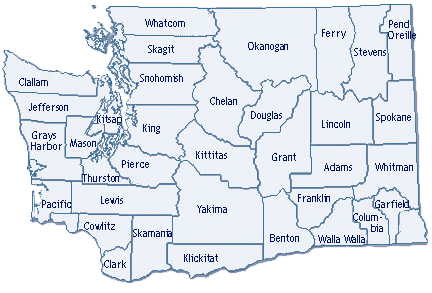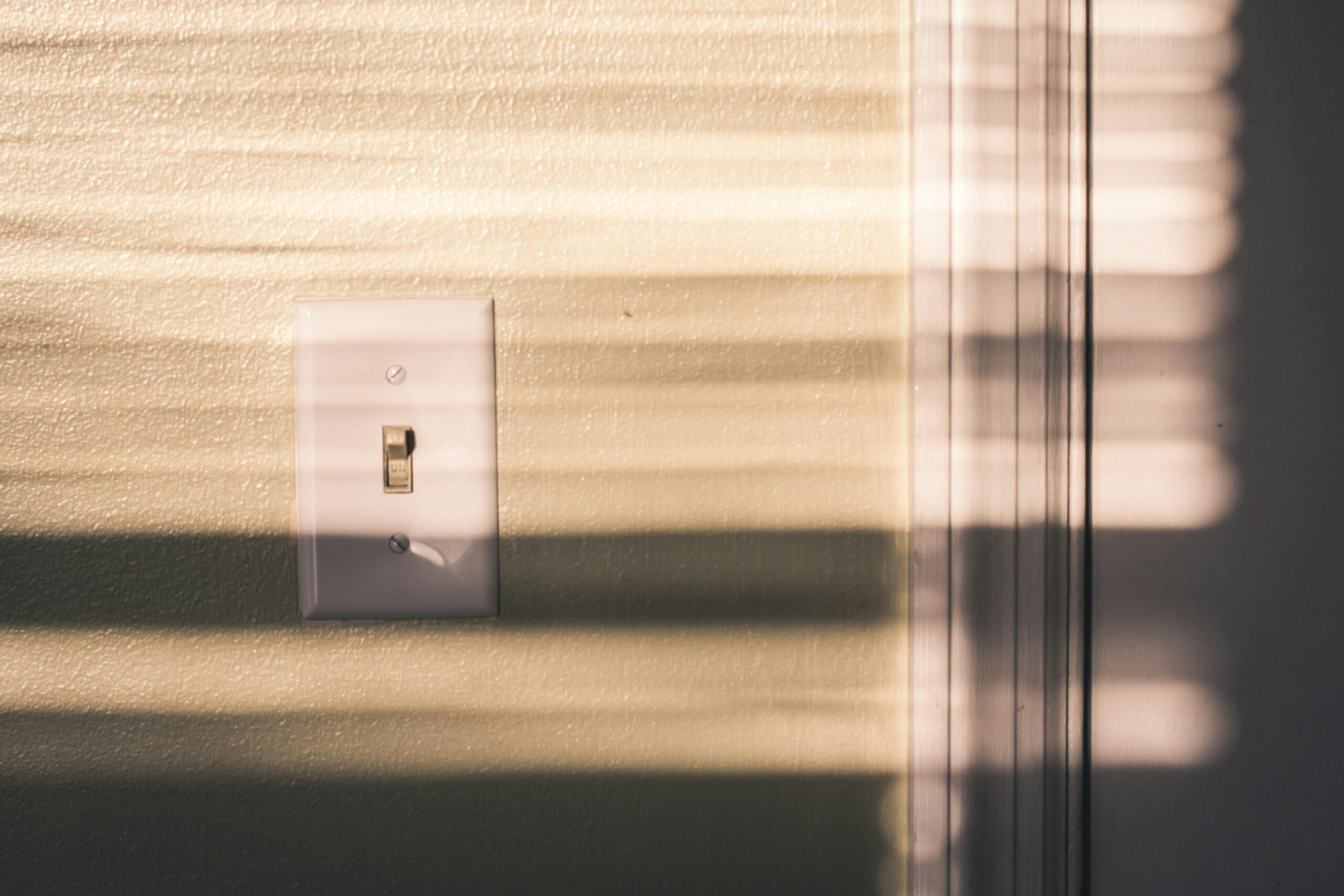Commerce’s Low-Income Home Energy Assistance Program (LIHEAP) aims to help low-income households in Washington state receive affordable, dependable utility services and avoid disconnection.
Program services
LIHEAP provides energy assistance to households in Washington through a network of community action agencies and local partners. Through LIHEAP, you may be eligible for:
- Financial assistance with your utility bill
- Help repairing or replacing an unsafe or inoperative heating or cooling unit
- Making your home more energy efficient through Commerce’s Weatherization Program
Are you eligible?
Eligibility is based on several factors, including:
- Heating costs
- Household income
- Household size
Download eligibility guidelines for LIHEAP energy assistance (PDF).
LIHEAP 2026 State Plan
On June 26, 2025, the Department of Commerce (Commerce) published a draft of the 2026 Low-Income Home Energy Assistance Program (LIHEAP) Model Plan Application. It describes how the state of Washington, with community-based agencies and local governments, will provide energy assistance and weatherization services to low-income households.
The biggest changes proposed to this year’s plan are:
- Supplemental benefits: Adding a supplemental benefit for participants of up to $500 (maximum)
- Extension of the Arrearage benefit: If you owe more than the regular LIHEAP benefit, the arrearage benefit can provide up to $2,500 to get the utility account balance as close to zero as possible
- Furnace repair and replacement: Increasing the furnace repair and replacement support to $13,000 a year
We are looking for feedback from people across Washington about the draft for 2026. Please submit your feedback by August 4, 2025.
- Download 2026 LIHEAP Model Plan Application (PDF)
- Submit feedback about 2026 LIHEAP State Plan (Microsoft Forms)
- Join the August 4, 2025 LIHEAP Public Comment meeting at 10 a.m. PT (on Teams)
Please know that all responses are considered a public record. You may submit your responses anonymously by leaving the email address field blank.
How to apply
To apply for energy assistance, you must schedule an appointment with an organization that offers services in your area.
Connect with a provider
Use the LIHEAP public map tool to view and select the county you live in.

The tool will show you the contact information for the agency in your area and instructions for scheduling an appointment.
Note: Commerce does not determine eligibility or award grants to households.
Additional resources
A scam in Oregon and Washington state has been contacting people and informing them that:
- They were randomly selected to benefit from LIHEAP
- All they have to do is follow the link provided to receive the benefit
LIHEAP in Washington will never ask customers for their social security number or banking and routing information. Instead, LIHEAP in Washington makes payments directly to customer accounts through the utility.
Help us strengthen the program integrity of Washington state LIHEAP. Please report suspected fraud to the Department of Commerce LIHEAP administrators by calling 360-725-2857.
Am I eligible to apply for LIHEAP?
You may be eligible to apply for LIHEAP grant if:
- If you reside in Washington
- Your household has not received a LIHEAP grant during the current program year (October-September)
- Your household meets the income guidelines for the program, then you may be eligible for LIHEAP
The income limits are set at 150% of the federal poverty level (FPL) and may be located on the Eligibility Guidelines (PDF) page. The eligibility information provided on this site is only a guide. Eligibility has to be determined through your local LIHEAP provider. Find a provider near you and schedule an appointment today.
What services are available?
LIHEAP is primarily used to assist households with a one-time heating grant made directly to your energy provider. In addition, the program now includes cooling services. In some cases, our program may also assist you in repairing or replacing an unsafe, inoperative, and dysfunctional heating or cooling system.
Is LIHEAP the only energy assistance program?
No, LIHEAP is not the only energy assistance program available in Washington. Many energy providers across the state administer their own energy assistance programs and offer special rate discounts for qualified customers. Some of these programs are designed similarly to the LIHEAP program and are provided through the same agencies that provide your local LIHEAP program.
Where do I apply for LIHEAP?
To apply for LIHEAP, you must schedule an appointment through the LIHEAP provider in your community. Each agency has its own process for scheduling appointments. You’ll have to follow the scheduling procedures specific to the agency in your area.
The Department of Commerce does not schedule appointments. Find a LIHEAP provider in your area and connect with them directly to apply.
How often can I apply?
You can apply for LIHEAP once each program year. The program year runs from October 1 through September 30.
Does it matter what my heat source is?
No, it doesn’t matter what your heat source is. Our program awards energy assistance grants regardless of fuel type. We assist households with electric, gas, propane, oil, coal and wood.
Do I need to provide documentation?
Yes, you will need to provide documentation to receive a LIHEAP grant. The documentation requested may vary by LIHEAP provider. Typically, you’ll be asked to document your identity, residence, heat costs and income. Make sure to find out what documentation you’ll need before your scheduled appointment.
How much money will I get?
The amount of money awarded to your household will depend on multiple factors. For example, each household’s size, income and annual heat cost will affect the amount of their LIHEAP grant. You’ll have to schedule a LIHEAP appointment with the provider in your community to find out how much you could receive.
Will you pay me directly?
No. In most cases, you won’t receive payment directly. LIHEAP almost always pays grants directly to the energy utility. Sometimes, a LIHEAP grant may be awarded directly to a household instead of the energy provider, but that is uncommon.
